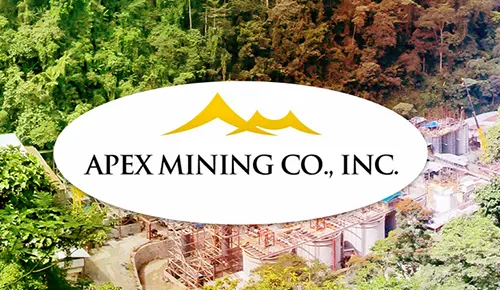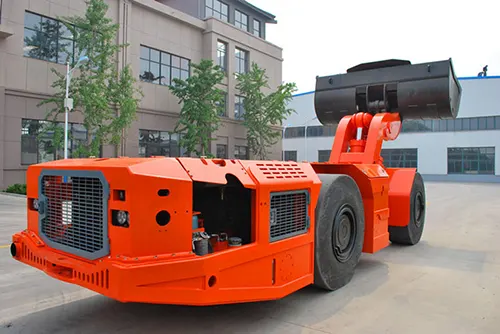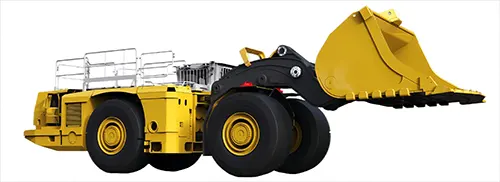Table of Contents
Introduction: What Are Metal Minerals?
When you think of metal minerals, what comes to mind? Perhaps shiny objects, electrical conductivity, or something a bit more complex like sulfur compounds? In essence, metal minerals are a unique class of minerals that display metallic properties like conductivity, reflectivity, and high melting points. These minerals form the backbone of industries ranging from construction to electronics, making them indispensable in our modern world.
In this blog, we’ll delve into the world of metal minerals, exploring their types, their role in the economy, and the fascinating methods used to discover them. Whether you’re a curious reader or someone in the mining industry, this guide will offer you essential insights.
1. What Defines a Metal Mineral?

Metal minerals are not just any ordinary rocks. They are primarily composed of metallic elements, often combined with sulfur, oxygen, or other elements. Their distinctive characteristics include metallic luster, high density, and excellent thermal and electrical conductivity. Unlike other minerals, they are usually opaque and can be polished to a shiny finish. Common examples include galena (PbS) and magnetite (Fe3O4).
Interestingly, some minerals that don’t exhibit typical metallic properties, such as sphalerite (ZnS) and cinnabar (HgS), are still categorized under metal minerals due to their composition. Others, like graphite (C), despite having metallic properties, are not considered metal minerals.
2. Classification of Metal Minerals
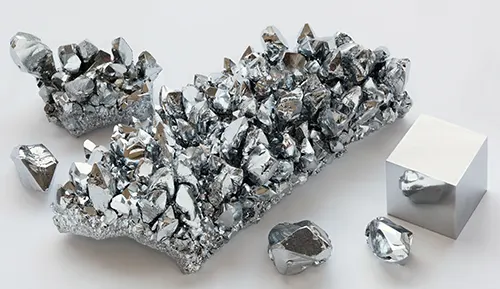
Metal minerals are broadly classified into two main categories: ferrous and non-ferrous minerals.
– Ferrous Metals: These are metals that contain iron, like steel, iron itself, and alloys based on iron. Chromium and manganese sometimes sneak into this group.
– Non-Ferrous Metals: These encompass all other metals, excluding iron and its alloys. Non-ferrous metals are further divided into several subcategories:
– Heavy Non-Ferrous Metals: These include metals like copper, lead, zinc, and nickel, which have a density greater than 4.5 g/cm³.
– Light Non-Ferrous Metals: These are lighter metals, such as aluminum, magnesium, and beryllium, with a density less than 4.5 g/cm³.
– Precious Metals: Think gold, silver, and platinum. These metals are rare and have high economic value.
– Rare Metals: Including elements like tantalum, niobium, and lithium, these metals are scarce in the Earth’s crust.
– Semimetals: These include elements like silicon and boron, which display both metallic and non-metallic properties.
3. Extraction and Processing: From Rock to Metal

The journey from raw ore to usable metal is both complex and fascinating. Metal minerals are mined, crushed, and then processed to extract the metal. This involves several steps:
– Mining: The first step involves extracting metal ores from the earth through various mining techniques, including underground mining, open-pit mining, and placer mining.
– Crushing and Grinding: The extracted ore is crushed into smaller pieces to facilitate the extraction process.
– Concentration: Techniques like flotation, gravity separation, or magnetic separation are used to concentrate the metal content.
– Smelting and Refining: The concentrated ore is heated at high temperatures in a furnace, often with a reducing agent like coke, to produce a pure metal.
Each metal has its own specific extraction and refining process, depending on its chemical properties and the type of ore it comes from.
4. Exploration Techniques: Finding Metal Minerals

The discovery of metal minerals is a blend of science, technology, and a bit of detective work. Exploration is divided into three stages: regional survey, prospecting, and detailed exploration.
– Regional Survey: This initial phase involves studying the geological structure of an area. Techniques like seismic surveys, magnetic methods, and gravity surveys are employed to understand the subsurface geology and identify potential mineralization zones.
– Prospecting: In this phase, more targeted methods, such as ground magnetometry and electrical resistivity, are used to pinpoint specific mineral deposits. Aerial surveys, including magnetic and radiometric methods, play a crucial role in detecting anomalies that could indicate the presence of metal minerals.
– Detailed Exploration: Once a promising site is identified, detailed mapping and drilling are conducted to determine the size, shape, and grade of the mineral deposit. Techniques like induced polarization and electromagnetic surveys help in understanding the distribution of minerals within the deposit.
5. Challenges in Metal Mineral Exploration
Exploring for metal minerals isn’t without its challenges. As we go deeper into the Earth’s crust, the difficulty of detecting and extracting minerals increases. Distinguishing between ore-related and non-ore-related anomalies is one of the primary difficulties. Integrating geological, geophysical, and geochemical data is crucial for accurate interpretation and successful exploration.
6. Economic Significance of Metal Minerals
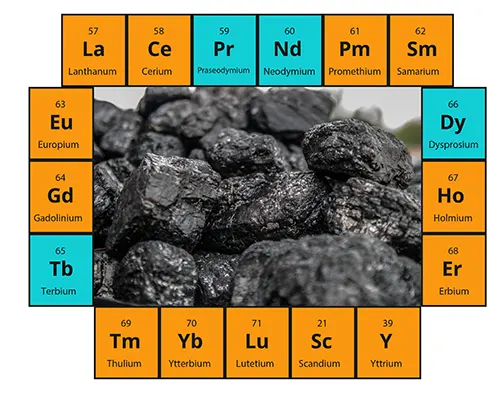
Metal minerals play a vital role in global economies. They are the raw materials for essential industries like construction, automotive, aerospace, and electronics. For example:
– Iron and Steel: The backbone of infrastructure, from bridges to skyscrapers.
– Copper: Essential for electrical wiring and plumbing.
– Aluminum: Widely used in the automotive and aerospace industries due to its light weight and strength.
– Precious Metals: Not only do they serve as investments and currency, but they are also crucial in high-tech industries.
The demand for metal minerals is continuously growing, driven by technological advancements and increasing urbanization. As a result, countries with rich mineral resources often experience significant economic growth.
7. Sustainability and Future Trends in Metal Mining

As the global demand for metal minerals rises, so does the need for sustainable mining practices. Environmental impact, resource depletion, and energy consumption are critical issues facing the industry. Innovations in recycling, green mining technologies, and alternative materials are being developed to address these challenges.
– Recycling: Recycling metals like aluminum and copper reduces the need for virgin material, conserving resources and energy.
– Green Mining: Techniques such as bioleaching, in-situ mining, and the use of renewable energy sources in mining operations are becoming more prevalent.
– Alternative Materials: Research into materials that can replace traditional metals in certain applications, such as carbon fiber composites, is gaining traction.
8. Conclusion: The Ever-Growing Importance of Metal Minerals
Metal minerals are more than just shiny objects or industrial inputs. They are foundational to modern society, driving innovation, infrastructure, and economic development. As we continue to advance technologically, the demand for these critical resources will only increase, making their exploration, extraction, and sustainable use more important than ever.
Whether it’s the copper in your smartphone, the aluminum in your car, or the iron in your buildings, metal minerals are all around us, silently powering our daily lives. So next time you see a gleaming piece of metal, take a moment to appreciate the complex journey it took to get from the depths of the Earth to your hand.
9. Related Links
Mining For Beginners – How Does a Metals and Mineral Mine Work?


